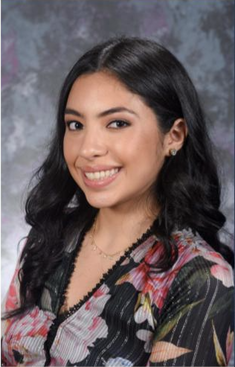|
Camila Morán is an international undergraduate student studying Economics and Sociology at Boston University. She has been conducting interviews with siblings from Central and Latin America. Camila is interested in the socioeconomic implications of migration, including the impacts of migration on family relations in Central America.
|
Proudly powered by Weebly
|
Copyright 2022. Nazli Kibria. All rights reserved.
